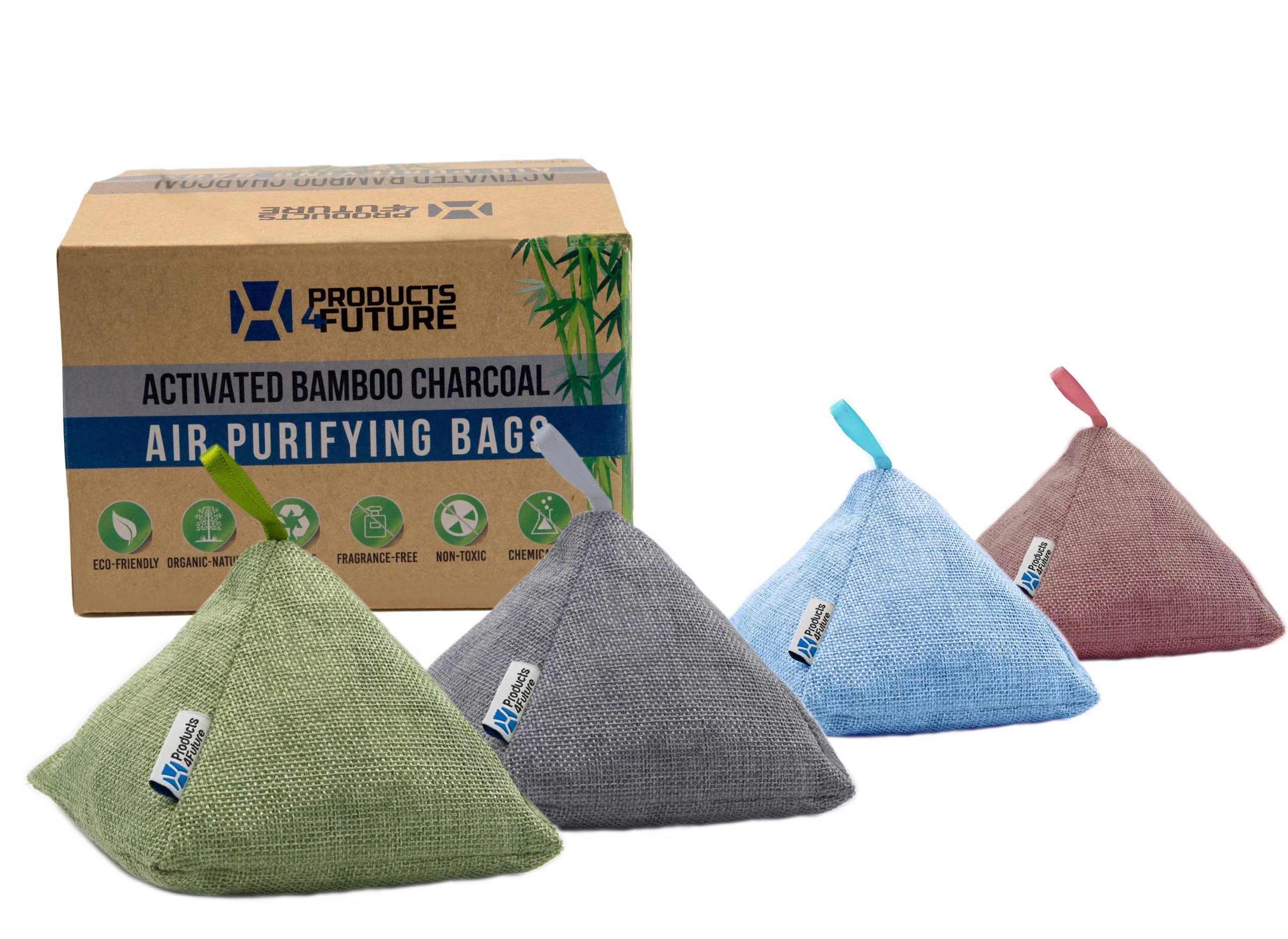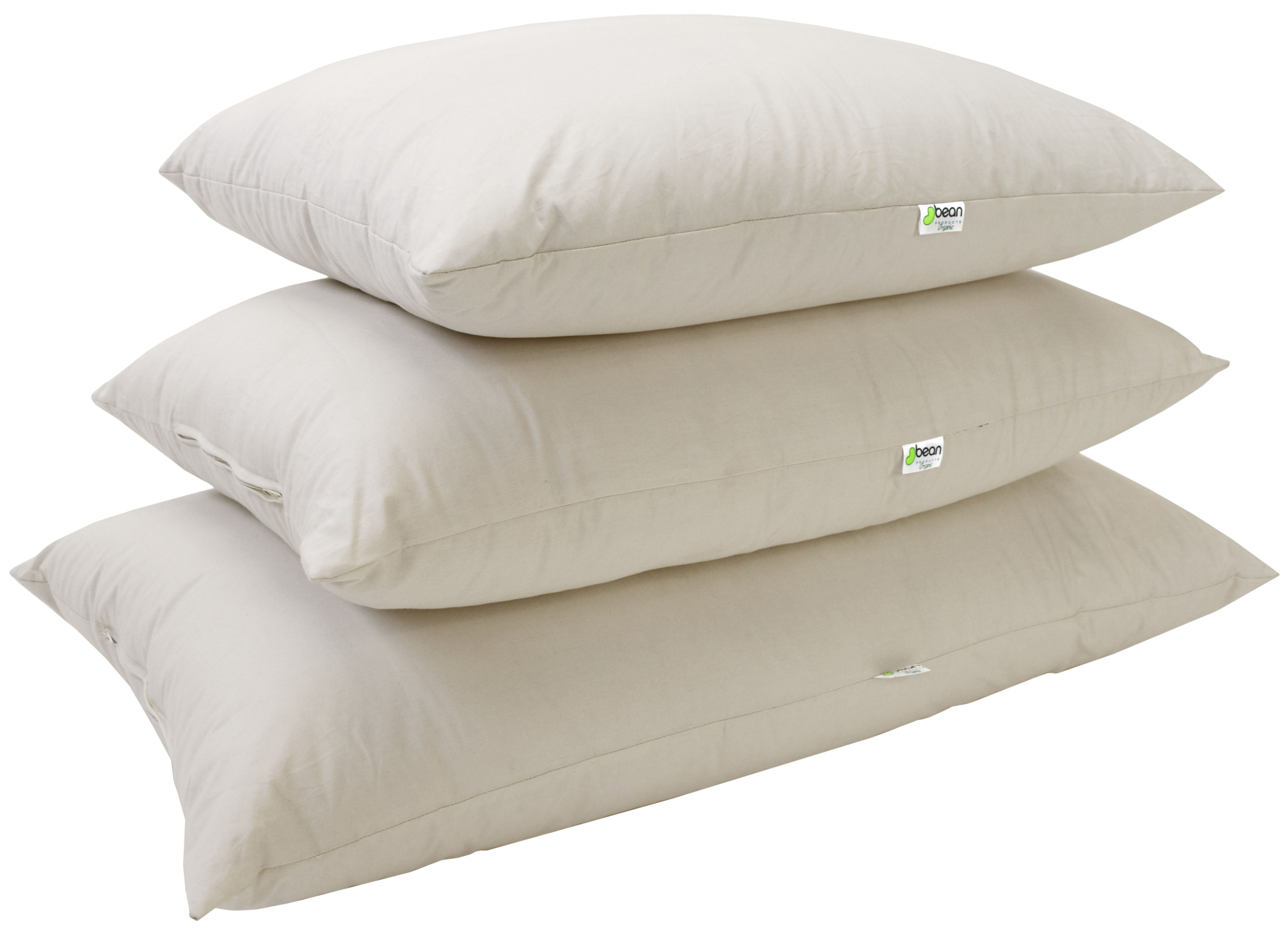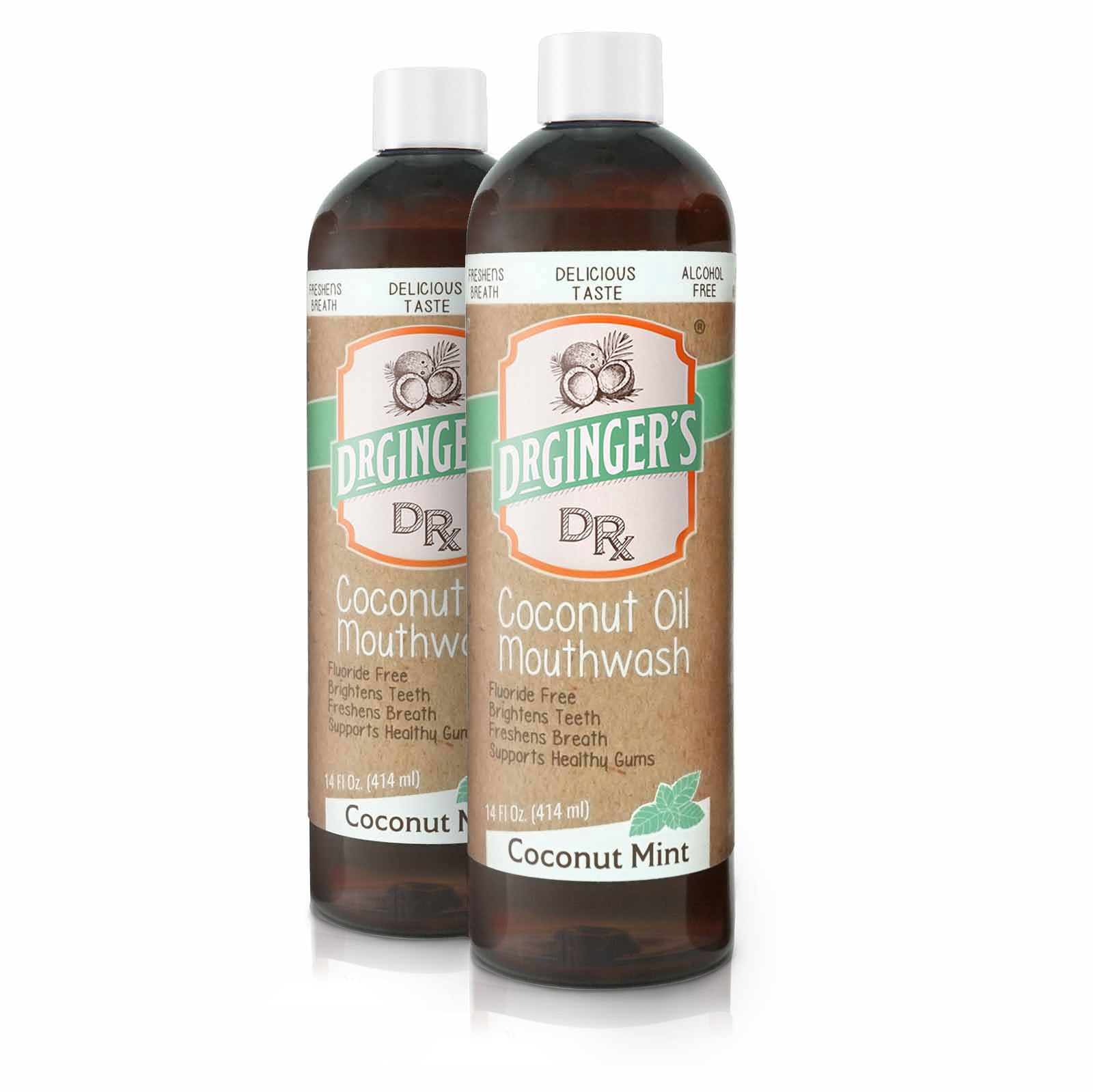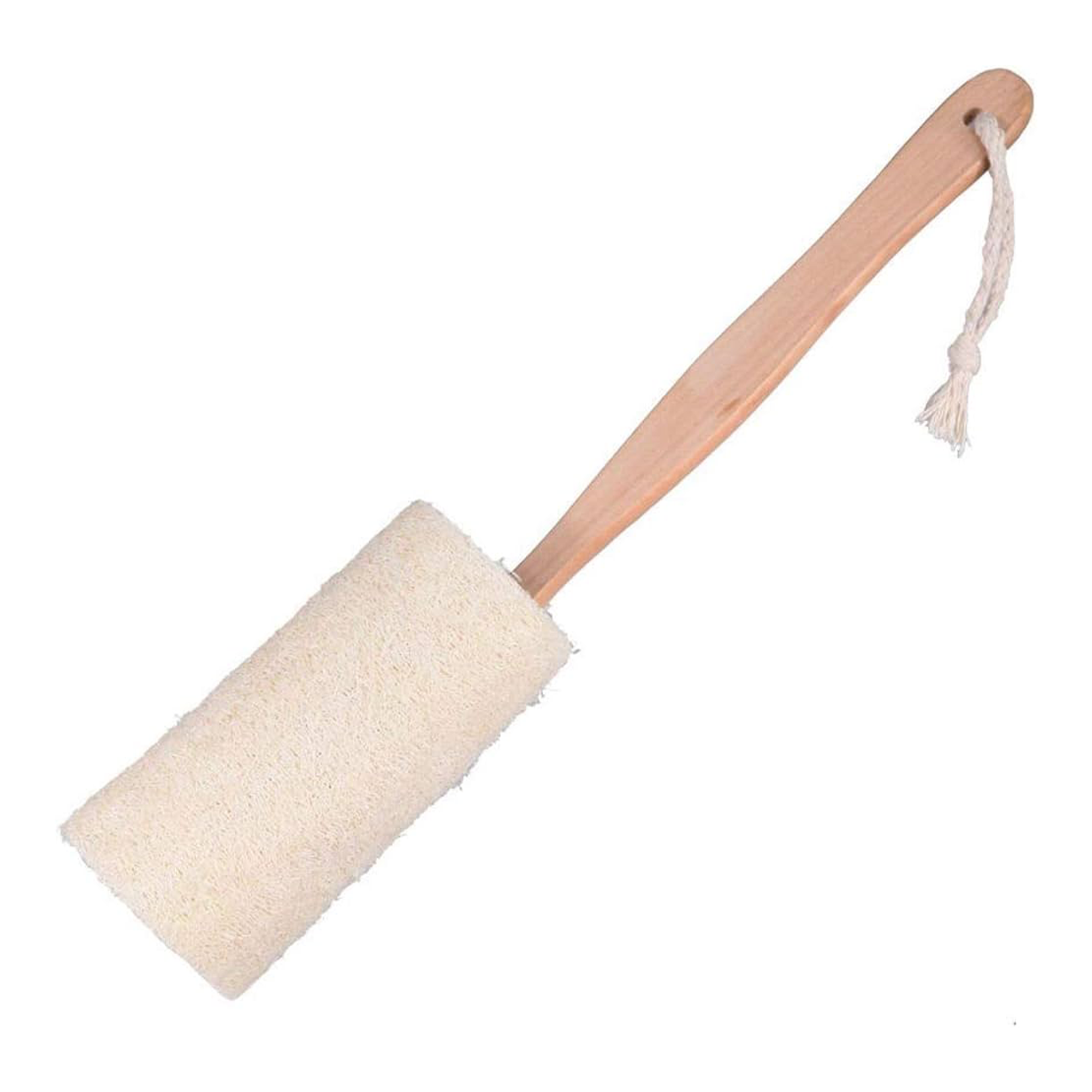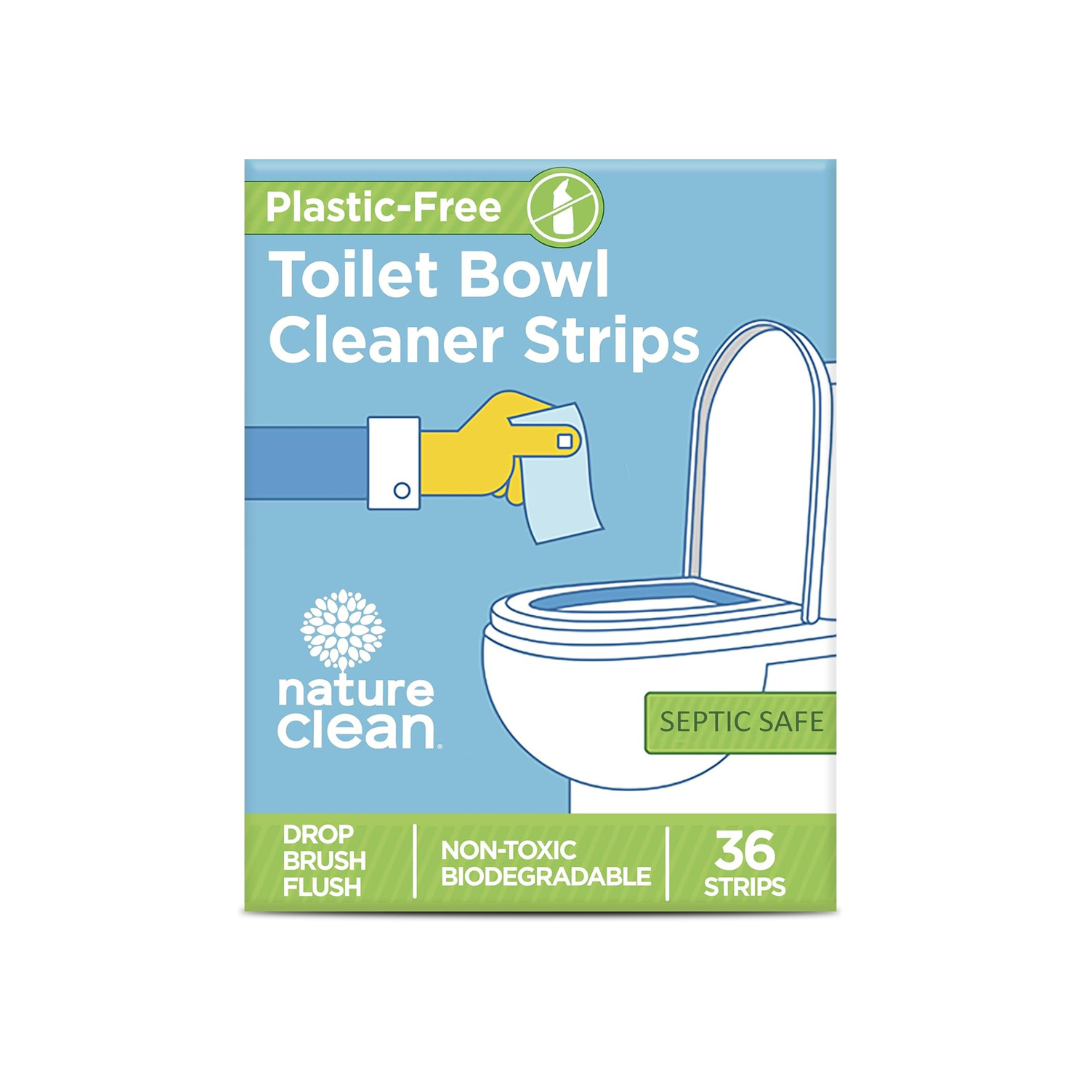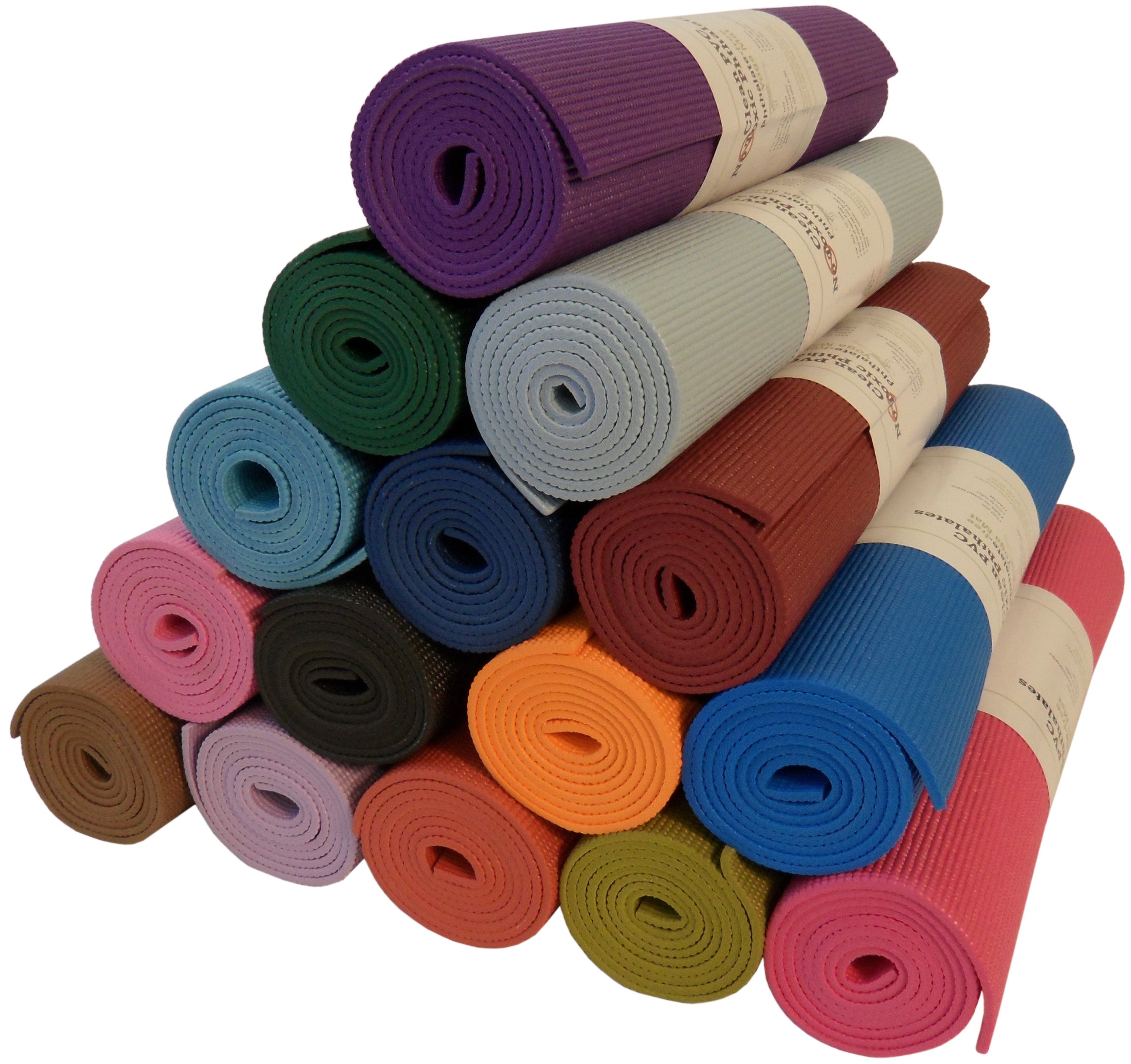Understanding and implementing water conservation practices is not just about saving on utility bills—it's about securing a sustainable future for our children and contributing to the health of our planet. In this blog, we’ll explore why conserving water is essential and provide an overview of the water issues facing both the globe and our local communities.
Importance of Water Conservation
Water is the foundation of life. Yet, it’s a resource that we often take for granted. Here's why water conservation should be a priority in every household:
Environmental Preservation: Water is not an infinite resource. By reducing water usage, we help maintain the balance of our ecosystems, ensuring that rivers, lakes, and aquifers remain sources of life for countless species.
Reducing Energy Usage: It requires a significant amount of energy to pump, heat, and treat water. By using water more efficiently, we also reduce our carbon footprint and energy consumption.
Cost Efficiency: Reducing water use helps lower utility bills. As water becomes scarcer, its cost is likely to increase, which means conservation can lead to substantial savings.
Sustainability for Future Generations: We aim to leave a better world for our children. By conserving water, we contribute to a sustainable future, ensuring that our children and their children have access to clean, safe water.
Overview of Global and Local Water Issues
Global Challenges: Around the world, many regions face severe water scarcity, affecting billions of people. Climate change exacerbates this issue, altering weather patterns, reducing water supplies, and increasing drought frequency.
Local Concerns: Depending on where you live, you might be facing specific water-related challenges. Many communities in the United States deal with droughts, depleting aquifers, or pollution that affects water quality. Local water conservation not only helps address these issues but also prepares your community for future uncertainties.
Understanding these global and local contexts helps us see the bigger picture of our water use and its impacts. As we move forward in this blog, we'll explore practical steps you and your family can take to reduce your water footprint, engage in community efforts, and adopt technologies that help conserve this precious resource. Join us in making every drop count!
Everyday Water-Saving Techniques
Incorporating water-saving techniques into your daily routines can make a significant impact on overall water conservation. Here, we explore practical and easy-to-implement strategies in various areas of your home—from the kitchen and bathroom to the laundry room and garden. These tips are especially designed for busy middle-aged mothers who are looking for efficient ways to manage household tasks while being mindful of their environmental impact.
In the Kitchen: Efficient Practices While Cooking and Cleaning
Use a Dishwasher Wisely: Dishwashers can be more water-efficient than hand-washing if used correctly. Only run the dishwasher when it's fully loaded, and choose the eco-mode if available.
Steam Instead of Boil: When cooking vegetables, use steaming instead of boiling. This not only saves water but also preserves more nutrients in the food.
Keep Water in the Fridge: Instead of letting the tap run cold for drinking water, keep a pitcher of water in the fridge. This saves water and is more convenient.
Reuse Cooking Water: Water used for boiling pasta or vegetables can be cooled and used to water house plants.
In the Bathroom: Reducing Water Usage in Showers, Faucets, and Toilets
Install Low-Flow Fixtures: Low-flow showerheads and faucet aerators can significantly reduce water use without affecting water pressure.
Take Shorter Showers: Encourage your family to reduce shower time. Even trimming a couple of minutes off can save gallons of water each day.
Use a Shower Bucket: While waiting for the shower water to warm up, place a bucket under the faucet to catch excess water, which can be used for flushing toilets or watering plants.
Consider a High-Efficiency Toilet: Upgrade to a high-efficiency toilet that uses less water per flush, which can cut household water use significantly.
In the Laundry Room: Tips for Using Less Water with Washing Machines
Opt for Full Loads: Run the washing machine only when it’s fully loaded to maximize water efficiency. This reduces the number of loads and thus the overall water used.
Choose the Right Setting: Use the appropriate water level or load size setting on your washing machine. Some modern washers automatically adjust the water amount.
Consider Upgrading: If your budget allows, invest in an Energy Star-certified washer that uses less water and energy per load.
In the Garden: Efficient Watering Systems and Techniques
Water at the Right Time: Water your garden either early in the morning or late in the evening to minimize evaporation.
Install Drip Irrigation: A drip irrigation system delivers water directly to the plant’s roots and reduces water wastage significantly compared to sprinklers.
Use Mulch: Applying mulch around plants helps retain soil moisture, reducing the need for frequent watering.
Choose Native Plants: Native plants are adapted to your local climate and typically require less water, fertilizer, and pesticides.
Conclusion
Embracing water conservation practices in our daily lives is not just a responsible choice—it's a necessary step towards ensuring a sustainable future for our children and our planet. By implementing the simple yet effective techniques discussed in this blog, you can significantly reduce your household's water usage and set a powerful example of environmental stewardship for your community. Remember, every effort counts, no matter how small, in our collective journey towards sustainability.
We invite you to explore more eco-friendly products that can aid in your water conservation efforts at Flora. Additionally, for more insights and tips on living sustainably, visit Flora Blog. Join us in making a meaningful impact and nurturing a healthier planet for future generations. Your journey towards a more sustainable lifestyle starts today!




